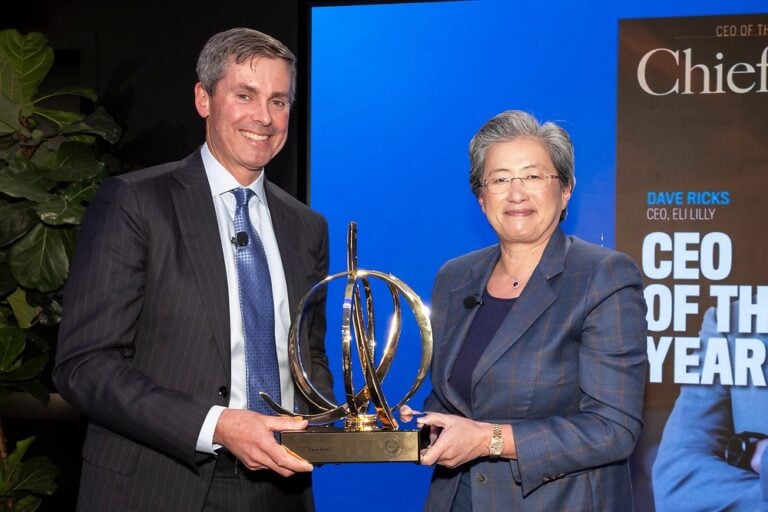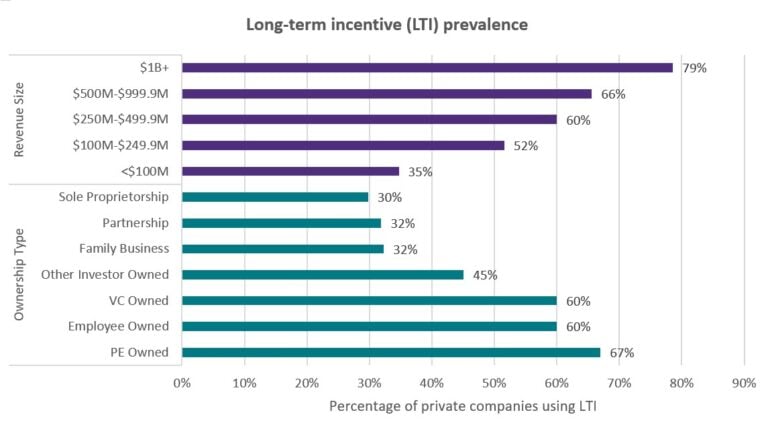
For a hundred years, Henry Ford defined our image of business: highly-specialized assembly line production with a clear division of labor producing mass scale products (“You can have the Ford Model T in any color as long as it’s black”). The Taylorist system that focuses entirely on specialization and efficiency has given us affordable cars, washing machines, and holiday travel.
And it is this very model of success from the 20th century that has now become the obstacle to the successful digital transformation of companies. Indeed, organizations that are built for efficiency fear that change brings disorder, and instead tend toward incremental adoption of innovation in tightly defined niche projects so as not to halt the well-oiled corporate machine. Unfortunately, those who hesitate to take this leap will lose in the long term. Those that want to successfully lead their company into the new digital age need to rethink all structures, processes and products at scale across the board—that is, Digital@Scale.
Companies that are doing good business find it very difficult to suddenly reinvent themselves in order to ensure sales and profit tomorrow; early indicators of change are often overlooked or seen as unimportant. Even today, we see experiences with the digital revolution—managers should take heed of the example of Blockbuster Inc.
In 2004, Blockbuster was the largest video rental company in the US with 8,000 stores and revenues of $6 billion. No-one on the board of the powerful market leader took Netflix seriously, a rival company where customers could rent DVDs online and which offered attractive subscription models. Today, Netflix is the market leader while Blockbuster filed for bankruptcy in 2010.
“The question that CEOs should ask themselves is: is our current business model obsolete, or will targeted changes suffice?”
The lesson from this example is clear: regardless of how well positioned a company is, if the management underestimates the potential for change that digitization poses to its business model, they run the ultimate risk. And those who see the change, but delay their response so as not to jeopardize their current revenues are taking a virtually suicidal stance.
Creating a sense of urgency: the key challenge
Fundamental renewal demands strength, conviction, and in most cases, a trigger. A little fear—even existential fear—is a good thing. Fear spurs you on. In established companies, it creates the pressure to act and the willingness to embrace innovation—crucial for digitization. After all, it’s about developing new products, services, and processes that enable attractive prices. In short: a completely new value proposition. Those who fail to implement the transformation across the board (@Scale) will fall behind. It is simply fatal to underestimate extent of the pending change.
Bosch CEO Volkmar Denner put it like this: “There are many things that just make it easier to order a pizza or call a taxi. But don’t underestimate the influence of such solutions on society; people are changing their consumer behavior.
Determining the nature of the change requirements
Digitization affects everyone, just not necessarily to the same degree. The question that CEOs should ask themselves is: is our current business model obsolete, or will targeted changes suffice?
For example, at Schindler, over 50% of the staff are field services. This staff performs activities which are largely manual, and heavily reliant on expertise. In addition, the time to resolve an issue was often impacted by the fact that the field service staff had limited facts on the issue prior to the site visit, and therefore may not have required tools/parts on hand. Finally, part reorders created extra costs and revisits. Schindler was able to simplify this whole process by automating diagnostics, applying predictive analytics to preemptively address issues and order parts in advance, and enabling field services staff with iPhones and supporting apps to help simplify in-field activities. All this has helped significantly improve service efficiency, as well as customer and employee satisfaction.
Identifying barriers to change early
Traditional organizations have high levels of inertia. When business is going well, managers and employees generally only pay lip service to change requirements. Any manager that still wants his company to change therefore needs to analyze and eliminate the barriers.
Efficient organizations in particular tend to prove especially resistant to change. They follow their own logic: any change to the existing system costs efficiency and must therefore be avoided. And it is particularly the most successful managers that often slow down transformation efforts behind the scenes. They calculate that they have little to win personally, but much to lose. They are often the opinion-leaders and belong to the inner circle—making twice as difficult. After all, doesn’t the team still need these managers? Perhaps not.
Identifying relevant assets and setting the aspiration level
Those that want to propel their company from the analog present to the digital future should first focus on the strengths: what sets the company apart from the competition? The technology in the product or service? The strong customer loyalty? The attractiveness of the brand? All of these strengths also count in the digital world. And while they may count differently, whoever retains them will have an advantage. Without a clearly defined objective, the journey into the digital world can easily become an odyssey. The company management should therefore formulate its quantitative or qualitative objective, and communicate this to the employees. Interim goals—depending on whether and how they are achieved—are also helpful in determining whether the project is on track.
In all of the above points, from generating awareness of the need for action, determining the change requirements, identifying the greatest obstacles and the greatest strengths, through to formulating objectives, responsibility rests with the company management.



0

1:00 - 5:00 pm
Over 70% of Executives Surveyed Agree: Many Strategic Planning Efforts Lack Systematic Approach Tips for Enhancing Your Strategic Planning Process
Executives expressed frustration with their current strategic planning process. Issues include:
Steve Rutan and Denise Harrison have put together an afternoon workshop that will provide the tools you need to address these concerns. They have worked with hundreds of executives to develop a systematic approach that will enable your team to make better decisions during strategic planning. Steve and Denise will walk you through exercises for prioritizing your lists and steps that will reset and reinvigorate your process. This will be a hands-on workshop that will enable you to think about your business as you use the tools that are being presented. If you are ready for a Strategic Planning tune-up, select this workshop in your registration form. The additional fee of $695 will be added to your total.

2:00 - 5:00 pm
Female leaders face the same issues all leaders do, but they often face additional challenges too. In this peer session, we will facilitate a discussion of best practices and how to overcome common barriers to help women leaders be more effective within and outside their organizations.
Limited space available.

10:30 - 5:00 pm
General’s Retreat at Hermitage Golf Course
Sponsored by UBS
General’s Retreat, built in 1986 with architect Gary Roger Baird, has been voted the “Best Golf Course in Nashville” and is a “must play” when visiting the Nashville, Tennessee area. With the beautiful setting along the Cumberland River, golfers of all capabilities will thoroughly enjoy the golf, scenery and hospitality.
The golf outing fee includes transportation to and from the hotel, greens/cart fees, use of practice facilities, and boxed lunch. The bus will leave the hotel at 10:30 am for a noon shotgun start and return to the hotel after the cocktail reception following the completion of the round.